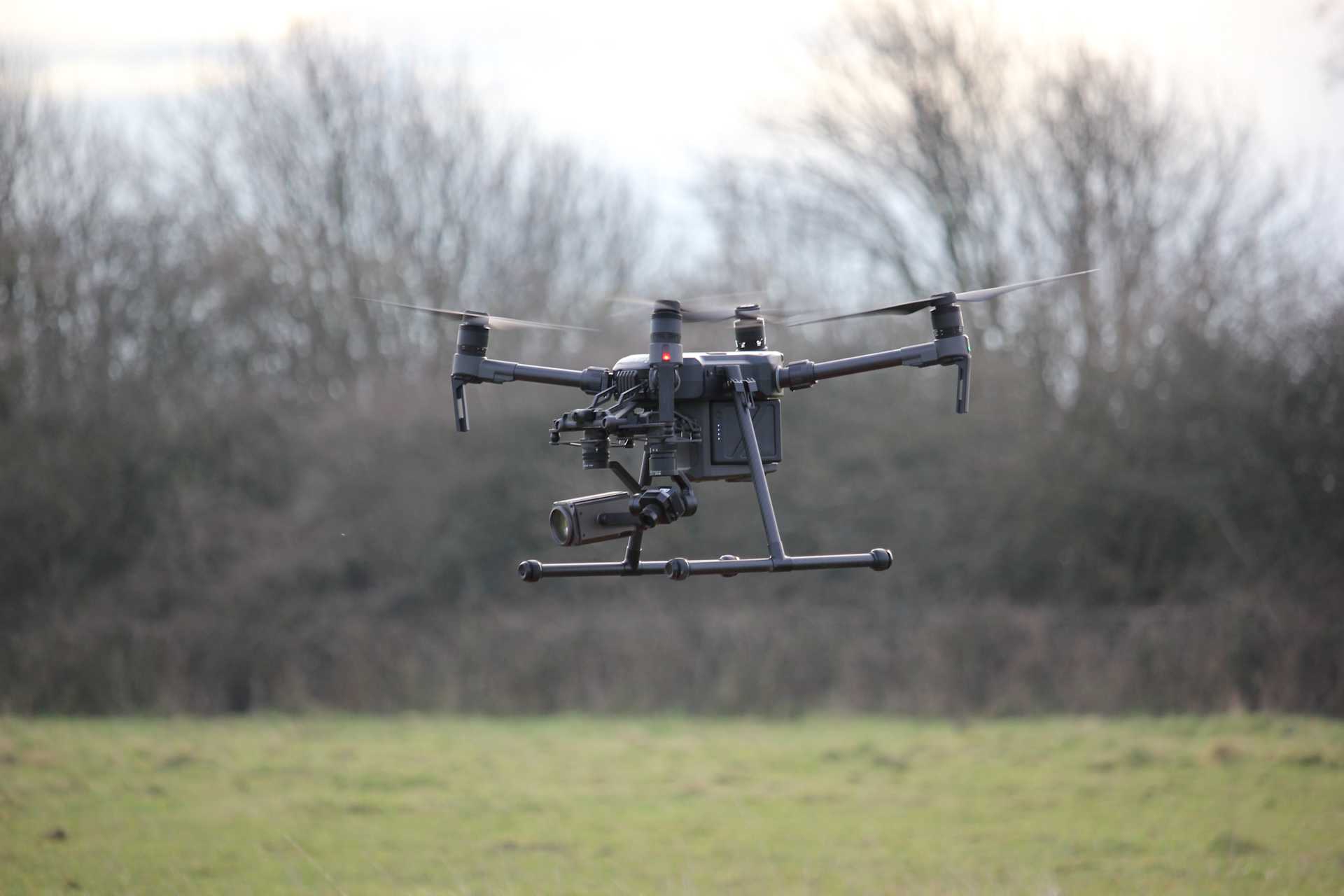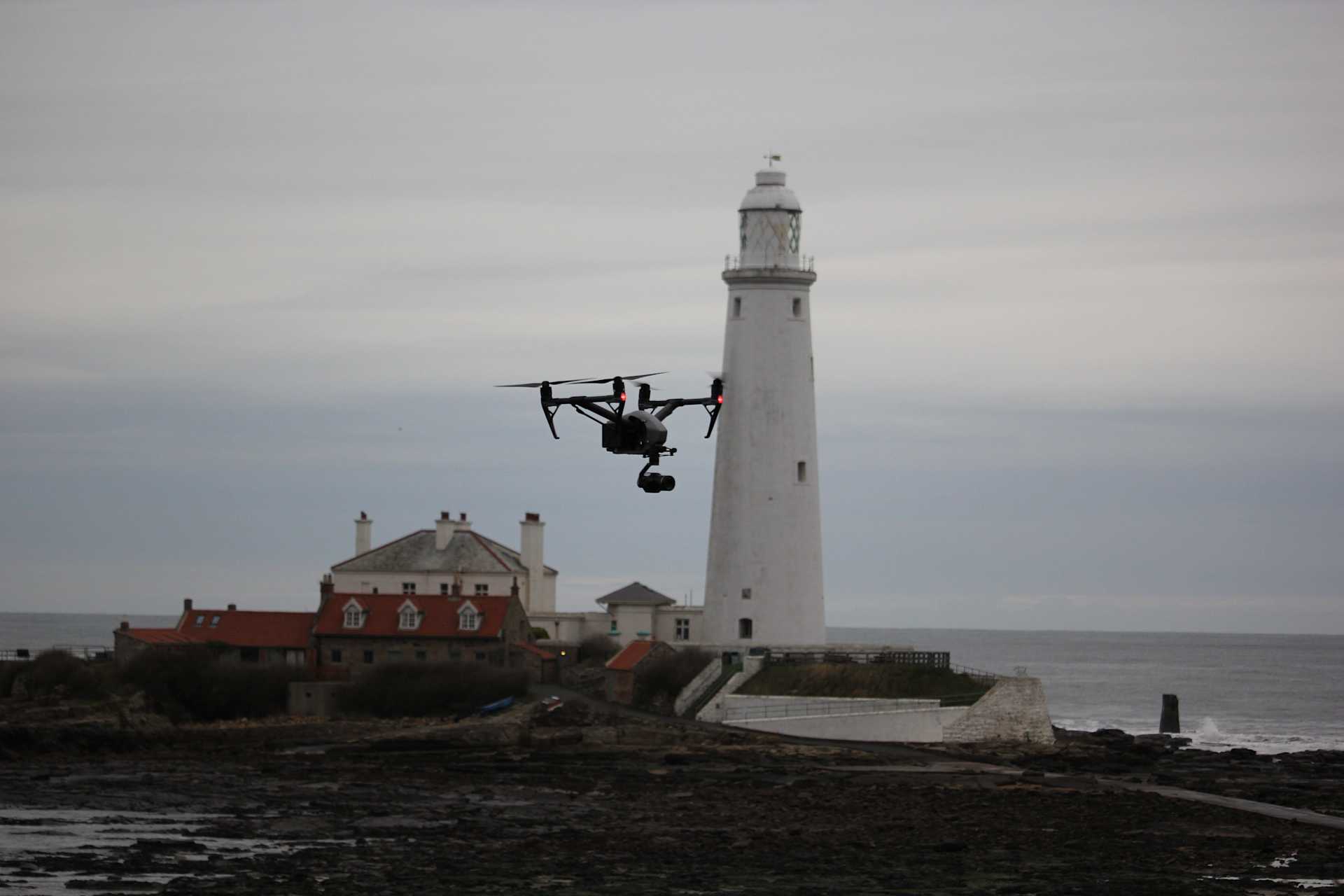
News
Drone Emergency Procedures
Heliguy detail drone emergency procedures in the UK for commercial drone pilots and hobbyists. ... Read More
__Heliguy-Drone_Emergency_Procedures-Blog_Header-optimized.png__Knowing what to do in the event of an incident when flying your drone is paramount for all drone pilots. Having the correct emergency procedures in place can help you save a drone that’s undergoing a flyaway, prevent injury of a member of the public that enters your flying site and ensure an incident is properly reported, should they occur. Heliguy Insider will be looking into emergency procedures for commercial pilots, however, this information should also be known by hobbyists to increase drone safety. Emergency procedures should be documented in the Operations Manual of all commercial drone pilots. Keep reading for the process of what emergency procedures should be followed and examples of emergency scenarios.
Drone Emergency Procedures Process

Example Emergency Procedures
The following gives two examples layout that could be included as part of a commercial drone pilot's Operations Manual. Three example situations have been included. Please note, all Operations Manual must be an original piece of work.
Example 1 - Loss of Aircraft Control
Flyaways are uncommon events that may occur due to interference with the aircraft. This example is based on a structured table with the highest priorities at the top.
Loss of aircraft control - Aircraft not responding to pilot’s control or the aircraft is operating independently from the pilot’s control. |
Pilot Response |
* Change the aircraft’s Flight Mode to Attitude (ATTI) mode and try to regain control * If control is not restored, activate the aircraft’s Return to Home (RTH). Check whether the mode is functional and/or if the control of the aircraft has been regained * Turn off and on the controller and try to recover control of the aircraft * If safe to do so, attempt to power off the motors * If aircraft flyaway continues, note aircraft battery life, height, speed and heading * Inform the police via 999 and/or Air Traffic Control (ATC) * Maintain Visual Line of Sight (VLOS) with the aircraft for as long as possible |
Crew Response |
* Clear flight area of all personnel * Retain VLOS with the aircraft for as long as possible * Await instruction from the pilot |
Follow Up Action |
* If required, inform the emergency services * Follow the incident reporting tool |
Example 2 - Pilot Incapacitation
Pilot incapacitation should be avoided at all cost by using systems such as the 'IMSAFE' model, however, incidents can occur.
Pilot Incapacitation
Pilot is unwell or unresponsive
Pilot Response
If able, warn the crew of your status
Check the area is clear and activate the RTH
Crew response
Follow the instructions of the pilot
If the pilot is unable to, ensure the landing area is clear and activate the RTH
Monitor the aircraft until it has landed and shut down before attending to the pilot
Follow up action
If required, inform the emergency services
Follow the incident reporting tool
Example 3 - Public Enter Flying Area
Prior to every flight, the pilot and crew should ensure the area is clear. Using signs and having spotter will help avoid public entering the flight location. Each stage of this flowchart model should be structured highest to lowest priority.
Public Enter Flying Area
A person who is not under the control of the pilot enters the flight location.
Pilot Response
If the individual is further than 30m from the landing site, the pilot should land immediately
If the individual is within 30m of the landing site, the pilot should select an alternate site to safely land
Crew Response
Immediately notify the pilot of the member of the public in the flight area
Inform the member of the public they’re in the flight area and request they remain in position to enable the pilot to safely land the aircraft
If required, assist the pilot with locating a new landing area with the required separation distance. Clearly guide the pilot to this location
Follow up action
If required, inform the emergency services
Follow the incident reporting tool
Suggested Topics
In addition to the three topics above, the following emergency scenarios may be applicable to your drone flight.
Contact with aircraft
Aircraft fire whilst in flight
Controller Fire whilst in flight
Aircraft structural failure
Aircraft loss of power – battery, motor etc.
Loss of GPS
Loss of frequency
Loss of aircraft lights at night

Incident Reporting
For both hobbyist and commercial drone pilots, you must report the occurrence of an incident or potential incident to the appropriate organisation. Incident reporting is vital to help prevent repeated incidents in the future and improve drone and general aviation safety. In addition to the various emergency services, there are three different bodies that incidents should be reported to. Deciding which agency to inform depends on the situation around the incident.
Mandatory Occurrence Reporting (MOR)

AIR Accidents Investigation Branch (AAIB)
AAIB are a division under the UK government’s Department for Transport. They investigate aircraft accidents and serious incidents defined in the EU regulation 996/2010. For drone pilots, any serious injury, fatality or flyaway. needs to be reported via the AAIB contact telephone number.
UK Airprox Board (UKAB)

Summary
Having the correct emergency procedures in place is vital for both commercial drone operators and hobbyist. It can be the difference between a crashed drone and even the safety of the pilot, crew or the general public. Following an incident or potential incident, reporting to the correct body can help improve safety for others in the future and may even prevent larger problems in the future. It may also be a requirement under EU and UK regulation, so should be done whenever it’s required. For more information on UK drone regulation, head to our previous Insider post here.
To discuss emergency drone procedures and incident reporting, or any DJI or Freefly product, please give one of our team a call on 0191 296 1024 or email us at info@heliguy.com.
Keep checking back to Heliguy’s Insider Blog for more announcements, insights into drones and, of course, the latest news from the drone industry.
